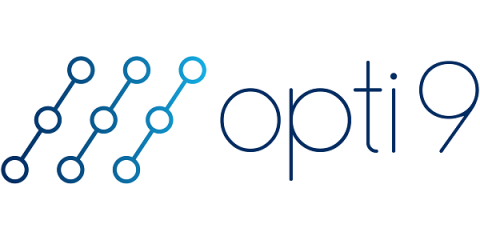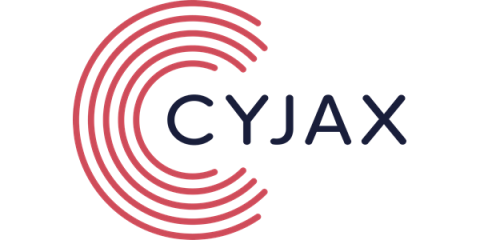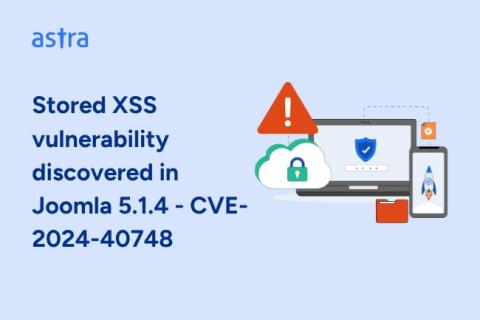Data Exfiltration: What It Is, Examples, and Prevention Tips
Data security is vital to your organization’s well-being. A single data breach costs $4.88 million on average, according to IMB’s Cost of a Data Breach Report 2024. Besides financial losses, data exfiltration may damage a brand’s reputation, cause operational disruptions, and result in legal actions. Therefore, giving maximum attention to your cybersecurity measures and constantly enhancing them is a must.











